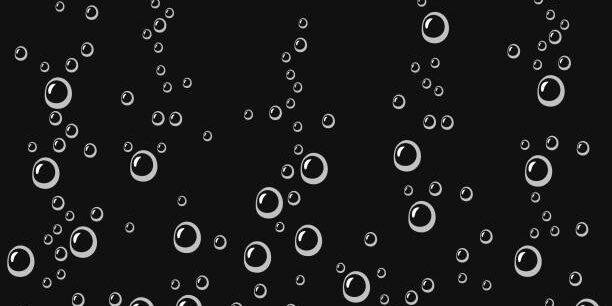What should you pay attention to when using industrial defoamers?
In the process of industrial production, many harmful foams will be generated. At this time, adding industrial defoamers is a way to solve the problem of foaming quickly and effectively. It is widely used in the papermaking industry, textile sizing, latex removal, food fermentation, biomedicine, coatings/paints, petrochemicals, metal processing or cleaning industries to eliminate harmful foams.
(1) When using silicone emulsion defoamers, it is necessary to stir the emulsion thoroughly before use or sampling.
(2) When using water-in-oil emulsion defoamers, it is okay to dilute them before use, but you must pay attention to the method. If the dilution method is incorrect, it will affect the stability of the emulsion, causing the defoamer to stratify and demulsify, and the defoaming ability will drop sharply. Therefore, when diluting, water can be slowly added to the defoamer and slowly stirred until it is uniform. Since industrial defoamers are most stable at the original concentration, the diluted emulsion must be used up within a short period of time.
(3) For defoamers that are not used temporarily, avoid frost and high temperature during storage, because defoamers are more sensitive and their performance is easily affected by environmental changes. For the frozen emulsion, you can carefully defrost it, but you must test its performance before actual use to avoid adding invalid defoamers to the system and adversely affecting the system.
Finally, I would like to remind you again that when using defoamers in the papermaking industry, industrial defoamers can be diluted 1 to 3 times with clean water and added dropwise to the foaming parts such as pulping tanks, high-level boxes, and net troughs; the usage amount is 0.01% to 0.2% of the foaming system; this product must be used as soon as possible within a short period of time after dilution!
Generally speaking, foam is a coarse dispersion of gas in liquid, which belongs to a gas-liquid heterogeneous system. A gas-liquid dispersion whose volume density is close to that of gas but not close to that of liquid. Gas-liquid dispersions are divided into “bubble dispersions” with more liquid and less gas and “foam” with more gas and less liquid. There are many types of defoamers, including organic siloxanes, polyethers, silicon and ether grafted, amine, imine and amide, which have the characteristics of faster defoaming speed, longer anti-foaming time, wider range of applicable media, and even harsh media environments such as high temperature, strong acid and strong alkali.
Foam is a common natural phenomenon, and it may not be unfamiliar to all of us. For example, in daily life, when we cook rice, dumplings, and noodles, if we are not careful, the pot will overflow due to foam; when we played with bubbles in childhood, we blew out colorful bubbles floating all over the sky; the foam overflowed from the beer poured into the cup quickly; the spectacular foam formed by the sea hitting the shore and the reefs on the coast; and the common soap and washing powder water foam when people wash clothes; the foam produced by shower gel and shampoo is even more familiar.
For example, firefighters cleverly use foam to put out some fires, pastry chefs use the foam phenomenon (effect) to make delicious bread, cakes and sponge cakes for us, and how thirst-quenching it is to drink a bottle of soda or beer in the hot summer, these are all the effects of foam. There are also foam flotation, foam metallurgy, foam printing and dyeing, foam printing







